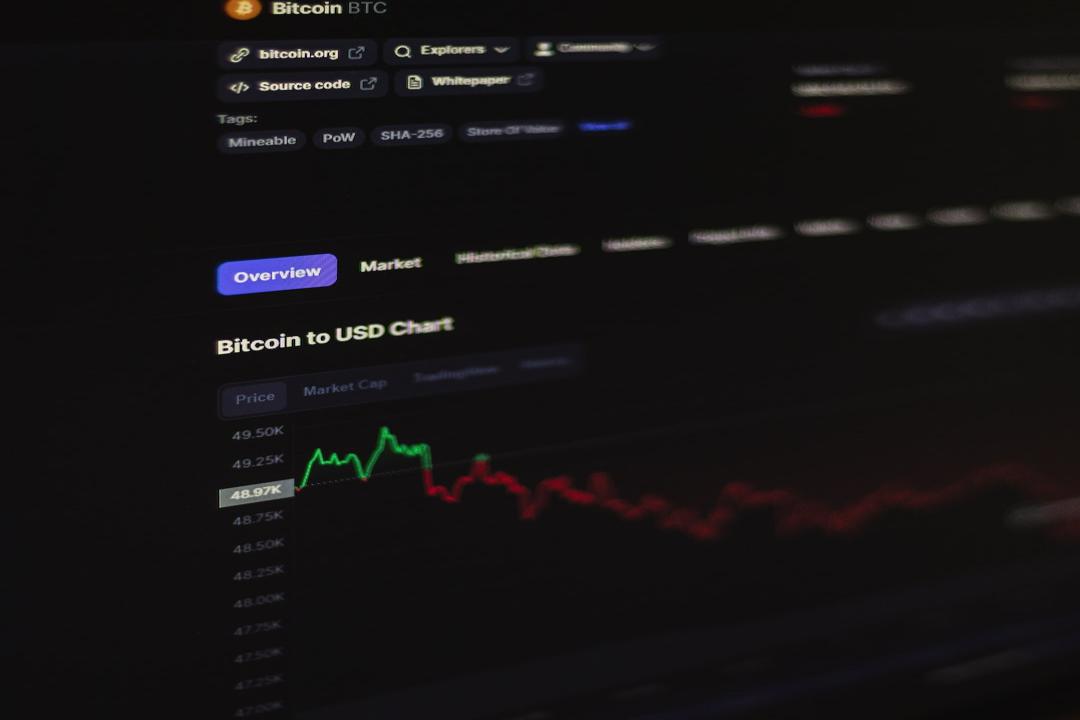Can Blockchain Applications Achieve Mass Adoption?
Since the birth of the first Bitcoin block in 2009, over 15 years have passed, and the most popular blockchain applications are still highly concentrated in financial services. They have struggled to penetrate developed countries and have faced rigorous regulation from governments worldwide. We often hear the question: When will blockchain applications achieve mass adoption?
GameFi is one of the few blockchain application sectors that have gained significant attention, such as Axie Infinity, where players can earn money by playing games, or STEPN, a platform that allows users to earn money by running. These applications have become a trend at some point. However, due to the influence of financial market cycles or the presence of short-term arbitrageurs, these blockchain applications have had difficulty in sustaining and stable growth. They often experience a price drop after gaining popularity and subsequently fade away.
From the perspective of traditional application development, the key factors for sustainable growth lie in the positioning and value of the product itself, the level of refinement in its design, the balance of various mechanisms, and continuous positive feedback from the user community. Many blockchain applications nowadays tend to focus excessively on marketing spending or early coin issuance profits, similar to the early days of web1 when many internet companies went public before achieving stable revenue, ultimately leading to the dot-com bubble. The surviving companies became dominant players in today’s information industry, based on effective financial discipline and the continuous development of outstanding products.
Therefore, let’s take a look at the product itself to gain insights into the thoughts of the designers and operators, which are crucial for sustainable growth.
What Makes Fooday App Stand Out in the Food Community?
Fooday is a food community app developed by a Taiwanese team. Recognizing the prevalence of fake reviews online, they aimed to create a platform for “authentic reviews” in the food community. How did they achieve this?
Firstly, Fooday provides an incentive to “earn while eating” by rewarding users with the cryptocurrency $FOOD for writing restaurant reviews.
To ensure that the reviews are genuine and written after visiting the restaurant, reviewers must use the built-in camera in the Fooday app to take photos, confirming that they are at the location of the restaurant.
To write a review or withdraw funds, users must first purchase the Foodca camera. The minimum price on the market before the deadline is 65 FUSD (equivalent to 75 USD or around 2,400 NTD). Users can only write one review approximately every 16 hours, which raises the barrier for fake reviews or short-term arbitrage.
It is worth mentioning that the user experience of the Fooday app is excellent. For example, in the review interface, the app automatically displays the map location of the restaurant, and when selecting photos, it prioritizes those taken nearby the restaurant. These details show that the team genuinely values product experience. The Fooday team members previously worked in inline, a restaurant reservation system, and they brought their past successful experiences into the development of Fooday.

Fooday has explored new approaches in community management. Unlike the centralized approach of handling reports on traditional web2 platforms, Fooday allows community members to act as “anonymous whistleblowers” who can issue “challenges” to remove low-quality reviews. The platform randomly selects community members to vote, enhancing the autonomy of the web3 community’s values.
The continuous iteration and improvement of the product make it challenging to integrate blockchain technology fully. Currently, Fooday only allows rewards to be withdrawn to the Polygon blockchain, and the Foodca camera has not become an on-chain NFT. We also look forward to the gradual transition of the community governance mechanism to the blockchain, in line with the values of data immutability and long-term storage.
Blockchain applications still face competition from existing applications. For example, the entry threshold of Fooday inhibits the scalability of user growth, and the requirement to use the app’s built-in camera location makes it difficult for food bloggers who use single-lens cameras to join. Although the map exploration interface is similar to Google Maps, the total number of reviews is relatively small. These competitive factors are unrelated to blockchain technology but are issues that any application product needs to address when aiming for growth and mass adoption.
Apple’s late co-founder, Steve Jobs, emphasized at the 1997 WWDC conference that we should build product technology based on user experience rather than envisioning product appearance from new technologies. This statement remains highly relevant today.

